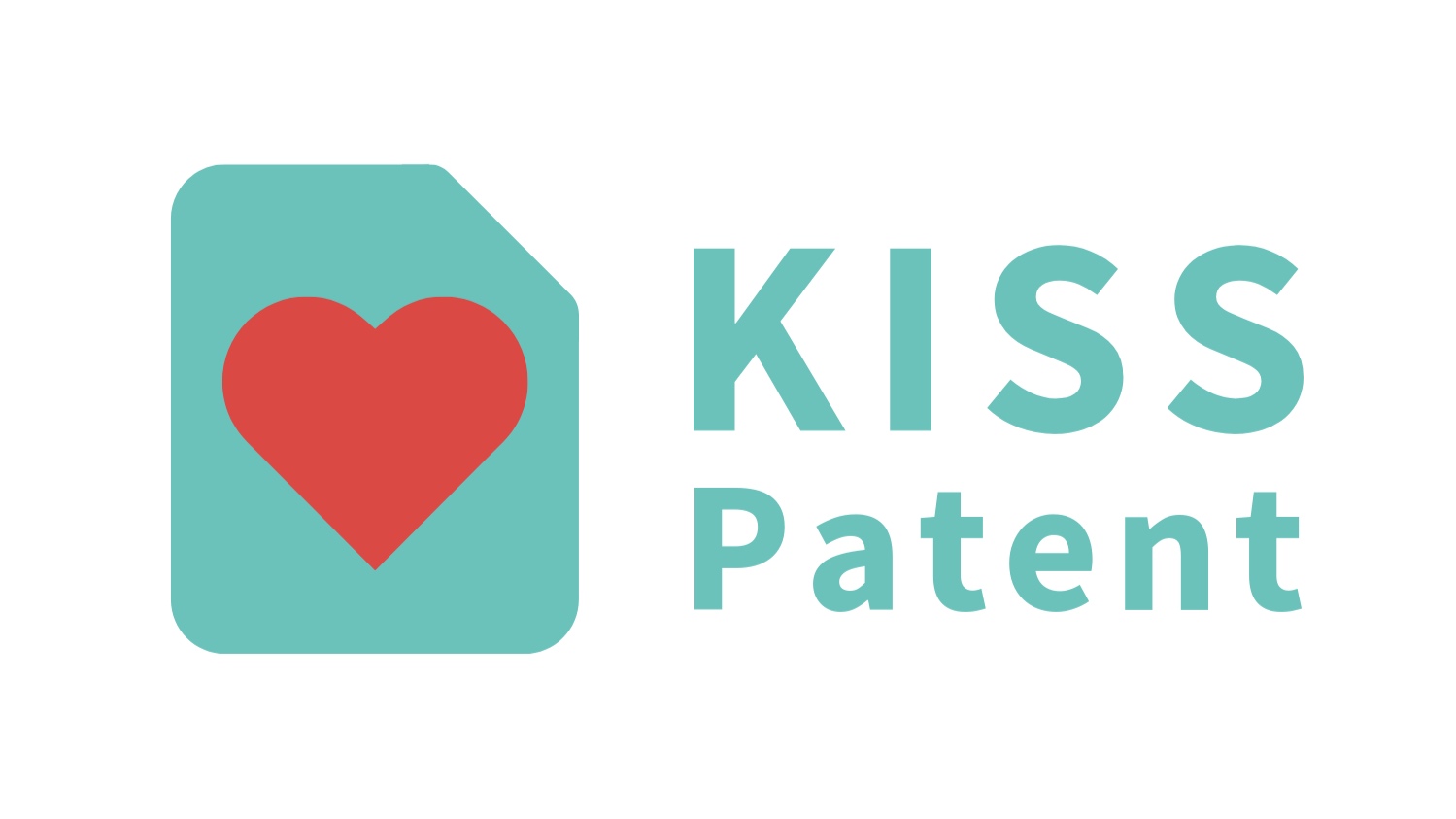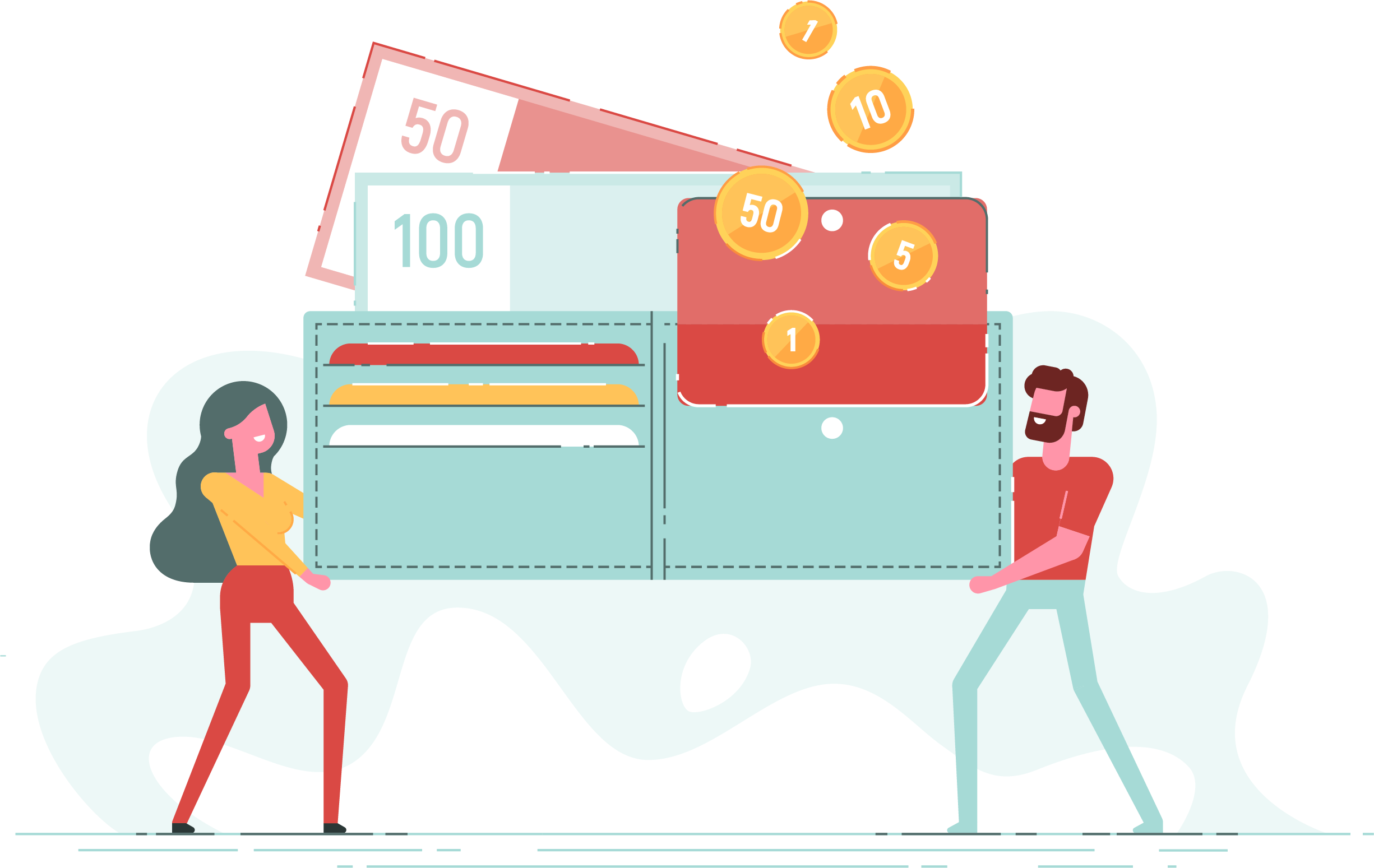This is a guest post from our partner, Abdo Riani
Imagine for a second that you were given a deadline; you have 30 days to build as much value with your startup as you possibly can. The deal is that you have to deal with your limited resources whether it is lack of time, experience, team or money and still manage to make significant progress. How feasible is this scenario? After all, it takes a couple of weeks to qualitatively validate users’ needs and months to build a quality product!
My experience being involved in over 50 startups over the last decade taught me otherwise. It is in fact the beginning of every startup venture when we have the biggest room for progress. The analogy I like to use is the case of babies. Ever wondered why babies learn so much so fast? The reason being is that their sphere of knowledge is very limited that anything they get their hands and eyes on is absorbed and learned very quickly. The same logic for early stage startups. 30 days is more than enough to initiate, qualitatively and quantitatively validate the need for a startup solution.
My first venture followed by the numerous startups I was involved in as a founder, business developer, mentor or investor afterwards were eye opening. It is funny today how I look back and think, the time, exhaustion, money and energy I wasted in my first startup could have been used to add tangible value this way or that way…
An entrepreneur has many rules to live by with this being the most important: time is money, if you don’t waste your potential buyers’ time, they won’t waste yours. In other words, instead of forcing an undesirable solution into an existing market through aggressive selling and advertisements, build a solution in response to market needs. Back to our main question, how can this be possible in 30 days?
Want to add immense value to your startup in just 30 days?
Take our short survey to find out what type of intellectual property is right for your startup!
Money is king! it doesn’t take 30 days to ask your potential buyers to pull money out of their pockets. Money is the strongest validation criterion. If people are willing to pay you for a vision, a mediocre product or a promise, you are likely onto something.
I think we agree that one of the most upsetting moments in the life of a startup entrepreneur is when founders do all the right things: spend quality time learning about their potential buyers/users’ problems and needs, define hypotheses about what might solve those problems and address those needs, interview a number of those potential customers to qualitatively validate what they originally hypothesized, and finally, build a product in response to users’ needs, to ultimately realize that those same users who passionately and painfully talked about how big their problems are and urgent a solution is for them, are not willing to pull money out of their pockets!
One of the main if not the main reason behind the existence of a business, whether it is a small haircut shop or a growing on demand startup, is to generate revenue. Unless we have unlimited resources that we can pull money from to fuel our losses on a consistent basis, a business cannot survive without revenue. This is especially true for the 90% of startups that are self-funded. Finding an answer early on to whether the solution is worth paying for is the difference between spending months fundraising, finding co-founders and thousands of dollars or pursuing viable ventures with products worth using. Pre-product quantitative early validation is problem/pain-centered. It is about spending 80% of the time identifying and defining the problem and the rest of the time listening to potential buyers’ proposed solutions and insights about what might solve those problems.
It is not about the money anymore. In fact, according to CB Insights, it has never been cheaper to start a startup thanks to open source software and cloud based tools. It used to cost $5 million to launch a startup less than 2 decades ago, startup initial investment is less than $5,000 nowadays. Startup grinding is about smart execution focused on the pull approach: instead of forcing a product in the hands of buyers, let them request or show you a proof (buy it) that they need it.
Despite all the validation strategies that we can follow and tools we can use to minimize investment, money remains one of the main hurdles of startup venture initiation and commitment. After all, everybody needs a stream of income to live by. Cheaper startups therefore don’t necessarily mean problem solved!
Multimillion dollar companies like Viber, Braintree Payments, Qualtrics, Lotus Cars and many more built companies by getting their hands dirty and not their wallets dry. They did it by leveraging the power of bootstrapping (self-funding). Whether it’s by selling services and reinvesting gains, pre-selling, negotiating terms with suppliers, outsourcing, maximizing human capital and others.
I have recently created a master bootstrapping program where you’ll learn the ins and outs of bootstrapping that you’ll find actionable, inspiring and mind changing.
Head over here: Bootstrap a Startup. It’s FREE unless you’re looking for personalized support and other exclusive resources such as access to over $18,000 in free and discounted tools and services from some of the best products in the market including mentoring and advisement.
I can’t wait to see you there and really show you that funding is overrated. You won’t be looking for funding until later stages.
My name is Abdo Riani. I am the founder of Startup Circle and AspireIT. Through my ventures, I focus on providing entrepreneurs with the needed resources to turn ideas into viable and scalable startups. Find me here.
Wondering if your idea is patentable? Have a question about this article? We can answer all of your questions — just hit "contact us" down below!











